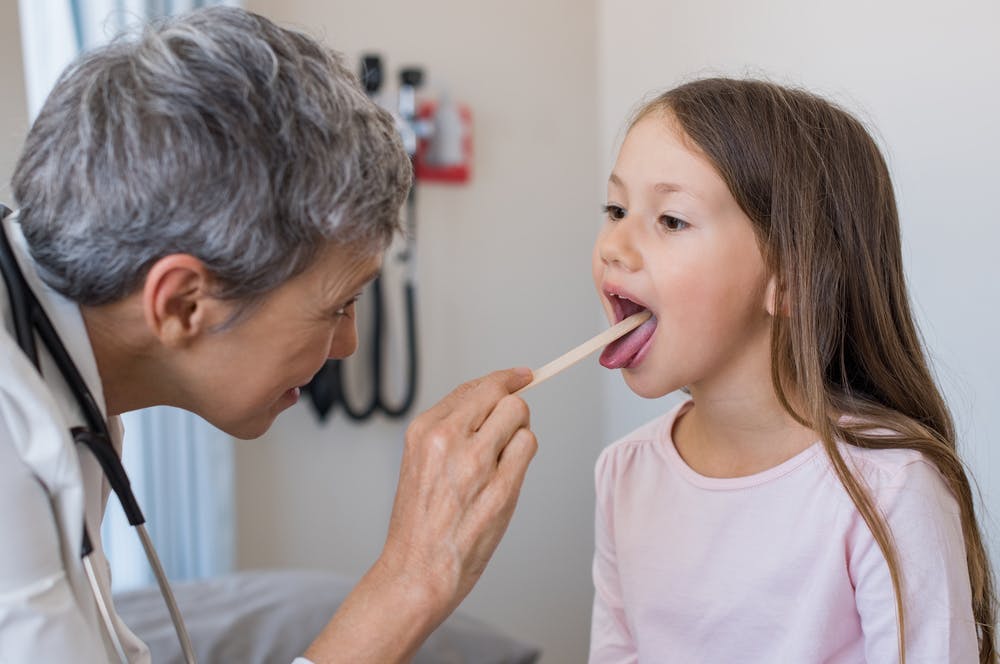How to deal with pet allergies: tips and tricks
There’s no question that people in the U.S. love their pets! Over 66% of households own pets, with 62 million owning dogs and 32 million having cats, according to the American Veterinary Medical Association. However, up to 20% of people have pet allergies.
If you experience allergic symptoms when you’re around your pet -- including sneezing, itchy or watery eyes, a runny nose, or a rash – here are some tips for how to deal with pet allergies, when you don’t want to give up your furry family member.
1. Use a HEPA filter
Do air purifiers help with pet allergies? Yes! A HEPA (high-efficiency particulate air) filter is a must-have for pet owners who are allergic to their pets. HEPA filters remove 99.97% of particles from the air. These particles include bacteria, viruses, mold, pollen, and pet dander. HEPA filters can be free-standing machines, or these filters can be installed in some furnaces and vacuum cleaners.
2. Clean your home frequently
Cleaning your home regularly, including removing dust and vacuuming up pet fur can help remove allergens from your home. If you are vacuuming be sure to empty and clean the vacuum regularly to remove pet hair and dust. Also, wash your throw rugs and sheets at least once a week to remove pet dander and fur.
3. Bathe your pet frequently
If your pet is easy to bathe, it’s a good idea to give them a bath at least once a week to remove excess dander, hair, fur, and other allergens from their coat. If your pet is difficult to bathe frequently, consider wiping them off with hypoallergenic baby wipes once a week to remove excess dander from their fur.
Pro Tip: If you bring a young pet home, start bathing them early on and reward them during bath time so they learn to enjoy it.
4. Brush your pet
If your pet is particularly furry, brushing them every few days can remove excess dust and dander from their fur. Consider having a family member who does not have pet allergies brush your pet outdoors to not spread allergens around the house. Use a soft bristle or rubber brush that is gentle on the skin.
5. Wash your hands & clothes
It’s a good idea to wash your hands and clothes after handling your pet to remove any dander, dust, or fur that can trigger pet allergies. Also, don’t touch your face until you’ve washed your hands since you can transfer allergens to your eyes, nose, and mouth if your hands aren’t clean.
6. Use washable rugs instead of carpet
Machine-washable rugs are the best floor-covering option if you live with pets you’re allergic to. You can wash them frequently, at least once a week, to get rid of allergens they may have absorbed. If you do have carpet, allergists recommend vacuuming frequently with a vacuum that contains a HEPA filter - and wearing an N95 mask while you vacuum and when you empty the vacuum. Make sure you take the trash outside immediately after you empty the vacuum into it.
If you have all hardwood flooring, be sure to sweep or vacuum frequently, at least every few days, as pet hair can build up easily and float around to unwanted areas.
7. Wash your pet’s bedding often
Another way to reduce allergens in your home is to wash your pet’s bedding at least once a week, as well as any other washable items they use, including blankets, clothing, and plush toys. You can also wash any household items they come into contact with, including rugs, towels, furniture coverings, and sheets.
8. Create a pet-free zone
To minimize your pet allergy symptoms, designate a pet-free area of your home. Ideally, this would be your bedroom since mattresses, comforters, sheets, and pillows can harbor pet allergens that are difficult to eradicate. Also, since you spend roughly one-third of your day sleeping, making your bedroom pet-free gives you an extended period in which you’re not being exposed to allergens.
9. Consult a healthcare provider
If you or a loved one have persistent allergy symptoms and want to learn more about how to help with pet allergies, it’s wise to consult a healthcare provider. A provider can order allergy testing to rule out other causes of your symptoms. Also, allergy shots, steroid nasal sprays, antihistamine eye drops, and oral antihistamines are often used to alleviate pet allergy symptoms. Your provider will let you know what treatment options are best for you.
Our urgent care centers are here to help you feel better if you struggle with pet allergies or other types of allergies. We are open 365 days a year, 7 days a week. To get started, find a center near you and walk in or save your spot online. Don’t let pet allergies prevent you from enjoying your pet, we can help.
Written by Sarah Thebarge, Physician Assistant on July 10th 2024


